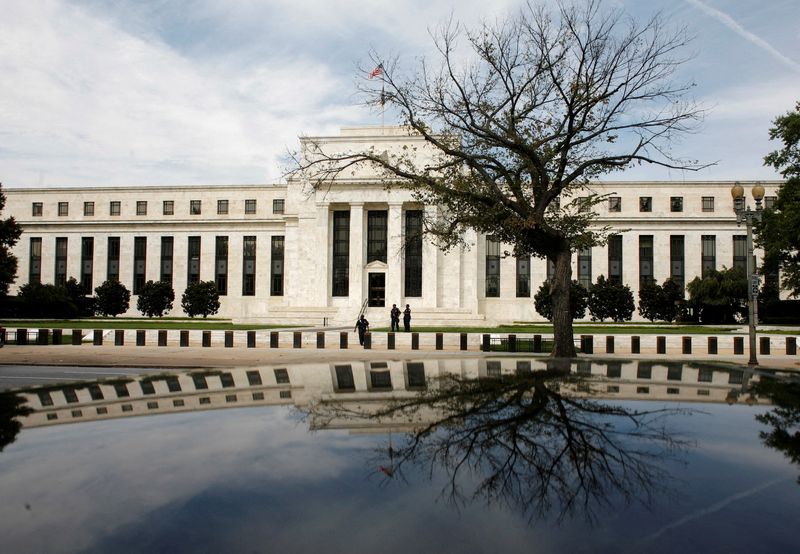The U.S. government bond market, valued at approximately $28 trillion, is facing challenges in achieving a near-term recovery due to the possible return of Donald Trump to the White House, which is expected to introduce expansionary fiscal policies. Recent decisions by the Federal Reserve (Fed) to lower interest rates—most recently by 25 basis points after a significant 50 basis point cut earlier—have not alleviated concerns over the future trajectory of rate cuts. Analysts are wary that Trump’s favored policies, including tax cuts and tariffs, could lead to more robust economic growth and higher inflation, pressuring the Fed to adopt a cautious approach towards further reductions in interest rates. Predictive models suggest that aggressive cuts may be replaced with a more gradual approach in light of Trump’s resurgence, complicating the bond market’s recovery after an extended period of declining prices.
Significant shifts in Treasury yields further reflect these emerging dynamics. Since mid-September, yields have surged by over 70 basis points, marking the largest one-month increase since the financial crisis of 2008. This surge aligns with Trump’s rising approval ratings in polls and betting markets, suggesting that investor sentiment increasingly factors in the potential for expansive fiscal policies. Current forecasts now place the end-of-year Fed funds rate at around 3.7%, which is notably higher than previous estimates. Analysts have adjusted their projections for Treasury yields upward, indicating a shift in anticipation of interest rates and the broader economic landscape as influenced by political developments.
While Fed Chair Jerome Powell refrained from making predictions regarding the new administration’s impact on monetary policy, he acknowledged that recent increases in yields likely reflect a more positive economic outlook rather than an imminent uptick in inflation. Conversely, inflation expectations have shown signs of life, with the breakeven inflation rate rising to 2.4%—the highest level in over six months. As inflation remains a critical concern, the possibility of a rebound could lead the Fed to curb the pace of rate cuts, as hinted by Dan Ivascyn, chief investment officer at PIMCO, who expressed fears that resurgent inflation could complicate monetary policy.
The political context surrounding what has been termed a potential “Red Sweep,” wherein Republicans regain control of both the White House and Congress, may further facilitate the implementation of aggressive fiscal measures. Current dynamics show a Republican majority in the Senate, although the control of the House of Representatives is still uncertain. Economic strategists are preparing for the implications of Trump’s potential policies, including the likelihood of tax cuts that could substantially increase the national debt, posing risks for long-term interest rates and market stability.
In the face of rising Treasury yields, the stock market has responded positively, buoyed by investor optimism surrounding potential economic growth. The S&P 500 index reached a record high, supported by the market’s anticipation of beneficial fiscal changes. However, concerns linger regarding the threshold at which yields may start to impact equity performance. Analysts highlight that yields approaching or exceeding 4.5% could provoke pullbacks in the stock market, stemming from the competitive nature of rising yields against the attractiveness of equities and increased capital costs for businesses and consumers.
The potential for a resurgence of “bond vigilantes”—investors who aggressively sell bonds to signal concerns over governmental fiscal policies—poses additional risks. Higher yields may inadvertently tighten financial conditions, translating to increased borrowing costs across various sectors of the economy. Trump’s ambitious fiscal strategies could contribute to an estimated increase in the national debt by $7.75 trillion over the next decade, reflecting the complexities of managing monetary and fiscal policies in a politically charged environment. Observers remain cautious, as concerns about the long-term fiscal implications of the new administration could lead to additional upward pressure on yields, complicating market expectations and investor strategies.

